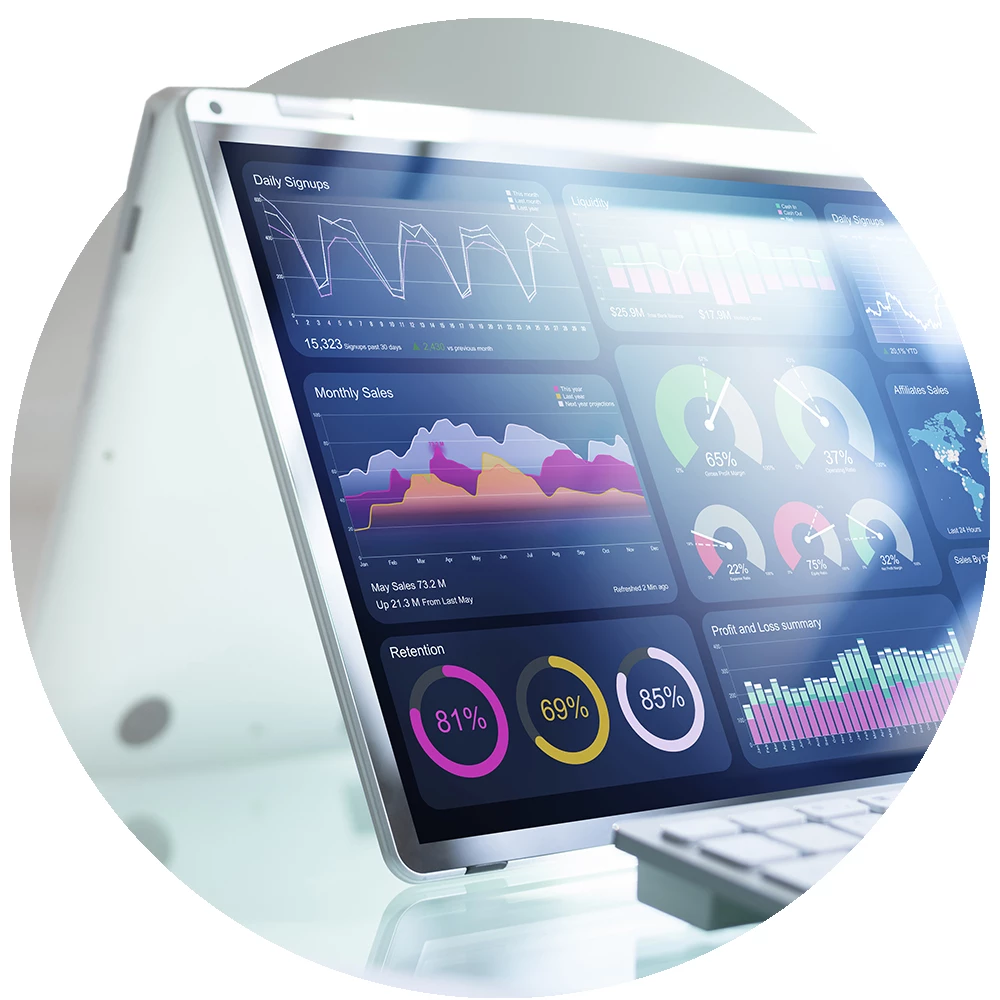The COVID-19 pandemic turned the employment world on its head and forced employers to trust their workforce. But, for many, the benefits of remote working were too clear to miss:
- Boosted productivity
- Decreased absenteeism
- Reduced turnover rates
- Less (or no) commuting time
- Increased work/life balance
- Potentially a severe cost-saving strategy
As more employers reap the benefits, remote working is set to become more common, even when offices are allowed to fully reopen again.
So, how do you adjust your onboarding process to fit with the new way of working?
1) Show new hires you care
Nothing says “We support you”, like doing exactly that from the get-go.
People love to feel appreciated and wanted… We’re humans; it’s just in our DNA.
Let them know how excited you are about them joining the company. Encourage others to reach out on LinkedIn or by email. Why not send them a little something in the post?
A great candidate experience can seriously boost employee output, and a good experience can spread like wildfire. Word of mouth is your friend here.
“When I accepted a job at Kallidus, I was impressed with the little touches. I received a ‘welcome gift’ of a cactus to welcome me to the marketing team. And an email from the CEO welcoming me to the company. It really started the relationship off positively.” – Helen Larkin, Digital Marketing Manager, Kallidus
Make sure their first day is one to remember. Look for local bakeries that could deliver them freshly baked goods or a nice cup of ground coffee for their first day on the job!
2) Send all relevant IT and tech before they start
Think of what an employee would have in the office.
– Computer (maybe a laptop)
– A second monitor
– Keyboard and mouse
– Headset
– Notebook and stationery
It’s important to remember that some employees might not have a home office. In fact, over a quarter of remote workers are doing their day job in the living room. 10% are working in their kitchen!
Consider setting a budget for each remote worker to set up their home office. You’ll likely be saving costs with employees not working from an office, so you can reallocate budgeted office electricity and running costs to equipping new hires with the essentials!
3) Don’t forget about a work buddy!
A buddy program is a great way to help new employees settle into your organisation. Buddies can help new hires learn the ropes with things like who to go to for IT support and how other employees use tools like Teams and Asana to communicate.
If you have a hybrid workforce, matching your remote workers with other remote employees can be helpful. They can help answer questions that are more specific to working from home:
– How to avoid daily interruptions at home
– Using the VPN
– If your Christmas PJs are noticeable on the morning calls
4) Share your remote work policy
With nearly two-thirds of employers having remote workers, only 43% have remote working policies.
Try not to worry if you don’t have a well-established policy just yet. This past year has been tough, to say the very least. What’s important is that you get one sorted as soon as possible!
Your remote working policy might include things like:
– Working hours
– How much budget workers are allocated for office supplies
– Dress code
– Flexi-time
– Meeting times
– How performance reviews will be conducted remotely
Review your remote working policy during your onboarding process, so your expectations are clear.
5) Utilise your HRIS
A great HRIS will automate and streamline many of the everyday tasks necessary for onboarding remote workers. Digitising important documents, tracking and modifying employee data and managing payroll and benefits packages are simplified via your HRIS.
Your HRIS should make life easier for you. It’ll do all the tedious admin tasks that you don’t want to but at a much faster pace!
6) Gather employee feedback
Employee feedback is crucial for designing and executing great HR programmes.
New hire surveys help you learn what you’ve done well in the early employee experience and where you could improve.
Make sure you ask whether the employee works from home or the office. This allows you to segment your data and learn what different employees think of the employee onboarding experience.
It can also provide useful feedback to fine-tune your onboarding experiences for these two types of employees.
Employee onboarding sets the tone for the entire employee experience. Consider how you can create a process that will engage and retain the talent you’ve worked so hard to recruit, then collect feedback and fine-tune it.
This is an investment that will surely pay off.
If you’re planning a return to the office or a hybrid model with flexible working, take a look at our key HR steps for a smooth return. Or you can download our new eBook on remote working, which is an ultimate guide for getting it right.
Written by Mara Swann Mara has a passion for promoting equity, diversity, and inclusion across global workplaces and hopes to inspire learners to focus on their own careers with self-directed learning content.


